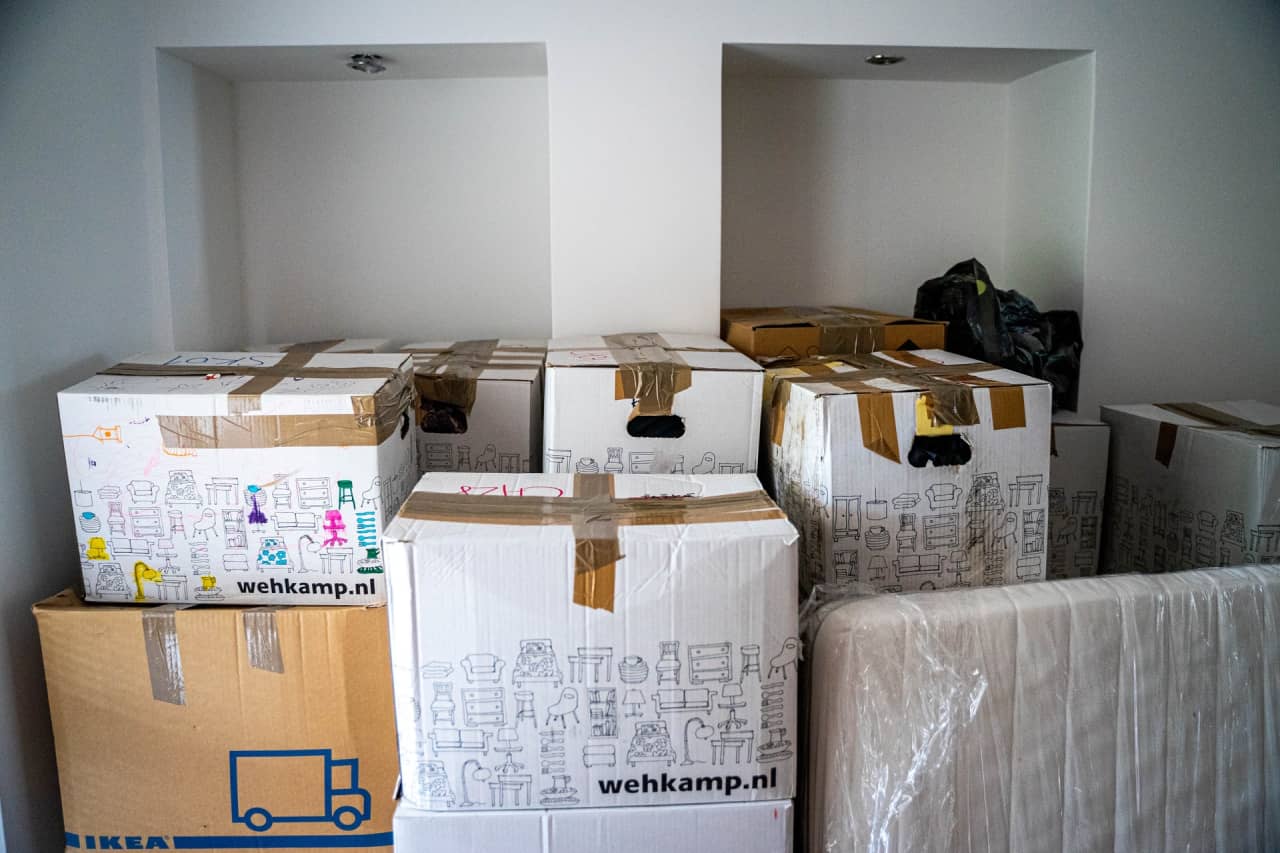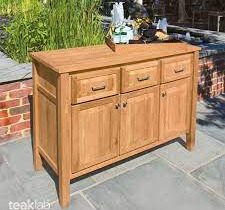Planning a home remodeling project is exciting for homeowners looking to upgrade their homes. However, the process can easily become stressful due to several unexpected issues. Whether you are planning minor renovations on your bathroom or kitchen or an extensive remodeling project, the entire process will likely cause significant disruption. While there are many moving parts to consider for a successful remodeling project, most people overlook the importance of ensuring there is enough storage space.
Adequate storage is something you should think through before starting the renovation project to avoid later inconveniences. This guide highlights some best storage options and packing tips to simplify storage during renovation.
Where to Store Your Belongings During Remodeling
Below are practical storage solutions to consider during renovation;
1. Seek a Temporary Self-storage Unit
Renting a self-storage unit is an excellent choice if you intend to carry out an extensive renovation. Self-storage units are a good choice if accessing your belongings won’t be challenging. They are also a better option if you don’t have sufficient backyard or compound space to bring a portable storage container or estate rules prohibit keeping storage containers in driveways.
Self-storage service providers like Osmon Moving and Storage guarantee safe and secure storage of your possessions during the renovation exercise. These facilities are overly spacious, allowing you to store nearly everything that can impede the renovation project. You can keep your clothes, household appliances, furniture, books, and other belongings. They guarantee that your possessions will remain in the exact condition and won’t be tampered with during the storage period.
Osmon moving and storage service providers provide storage units of varying sizes. You can pick a unit with enough space for your storage needs. Use the visual storage unit size estimator to be sure of the exact unit that can accommodate all your belongings.
2. Rent a Portable Storage Container
Renting a portable storage container is the best option for homeowners with sufficient space around their homes. It is also a great option if you want your items within the vicinity if you need to occasionally use some. Most homeowners prefer renting portable containers because of the convenience and flexibility of these units.
It eliminates the hassle of moving all your items to a new location while ensuring that your possessions remain safe and accessible when needed. Like self-storage units, there are multiple portable container sizes that can fit your needs. Once you’ve picked a size that fits your belongings, the company will deliver the container to your doorstep. You can alternatively have the container stored elsewhere.
3. Designating a Room to Store Your Belongings
Designating a room for your belongings is applicable if you are conducting a minor renovation exercise or have enough storage space within your home. You can designate one room in your house to store items that can interfere with the exercise. Your renovation contractor should ensure that the selected room is secure, weather-proof, and dust-free to ensure that your possessions aren’t damaged during the process.
Typical spots to designate as storage areas include guest bedrooms, the basement, or the garage. You shouldn’t have trouble giving up either of these spaces since it is a temporary and cost-effective solution. However, this isn’t possible if you are remodeling the entire house.
4. Store in a Family Member’s or Friend’s House
Instead of renting a portable container or a self-storage unit, you can inquire if your family members or friends can allow you to store your items in their homes. Obviously, this depends on the size of their houses and whether they are willing to designate part of their home to store your items.
Ask around if one of your family members doesn’t use their shed, basement, garage, or have a spare room. However, this might not materialize if you have many items to store and intend to conduct extensive renovation. The renovation project may take longer than expected. Ensure that you agree on the timelines to avoid inconveniencing the other party. You should also budget for moving expenses and watch out to avoid moving mistakes.
Packing and Storage Tips When Preparing for Renovation
Minor and major home remodels produce a lot of dust and dirt that can degrade your belongings, especially if you intend to store them in a designated room. Regardless of where you intend to store your items, consider the following packing and storage tips to ensure that your items remain in good condition until the renovation exercise is over.
Downsize your items – Home remodeling is a perfect opportunity for homeowners to downsize and get rid of clutter in their homes. You should start packing several days before the scheduled date to downsize. Dispose of non-essential items, specifically those that haven’t been used for a while. You should also consider getting rid of furniture and other household appliances that won’t be required after renovation.
Know what can’t be packed – Apart from discarding non-essential items, you should also identify items that can’t be stored during this period. Perishable food, chemicals, and liquid items cannot be stored safely. It is best to consult your self-storage facility provider to know what you can’t keep in their units.
Disassemble furniture if possible – Furniture and household items take up most of the storage space. Take them apart before placing them in storage units. Disassembling furniture makes it easy to transport and store.
Pick a suitable storage facility – Where you choose to keep your items during renovation directly determines the condition of your items after the renovation. Store your items in a secure storage provider with solid policies and a good reputation. Common considerations to inquire before moving your items into the facility include the security status, pest control measures, and accessibility.
Label everything – Labeling is essential when packing items for storage. Ensure that all your boxes are labeled. Note outside the box if the contents are fragile or require careful handling.
Make an inventory – Having an inventory of the items packed makes it easy to identify items placed in the storage unit. With this, you can’t easily lose items, and you can easily trace where specific items are stored.
Endnote
Preparing for a home renovation is more challenging than most homeowners think. While renovations can help modernize and improve the value of your property, you can easily damage your household items during this process. Leaving furniture, household appliances, and other items uncovered or poorly packed exposes them to the damaging effects of dust and other renovation activities.















